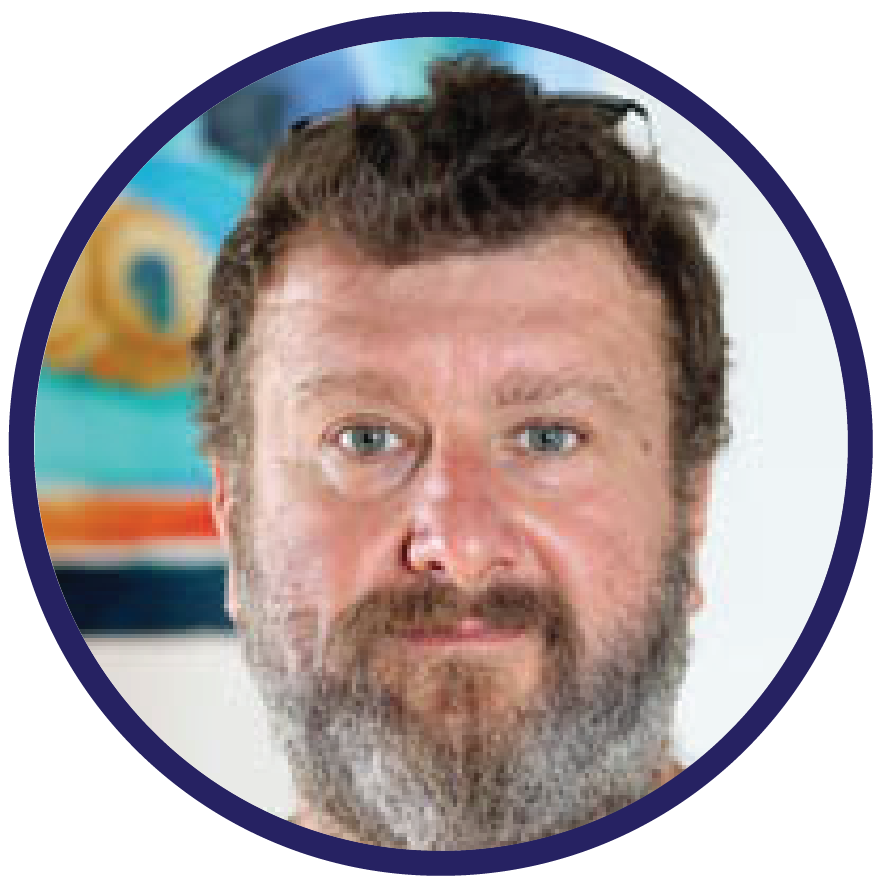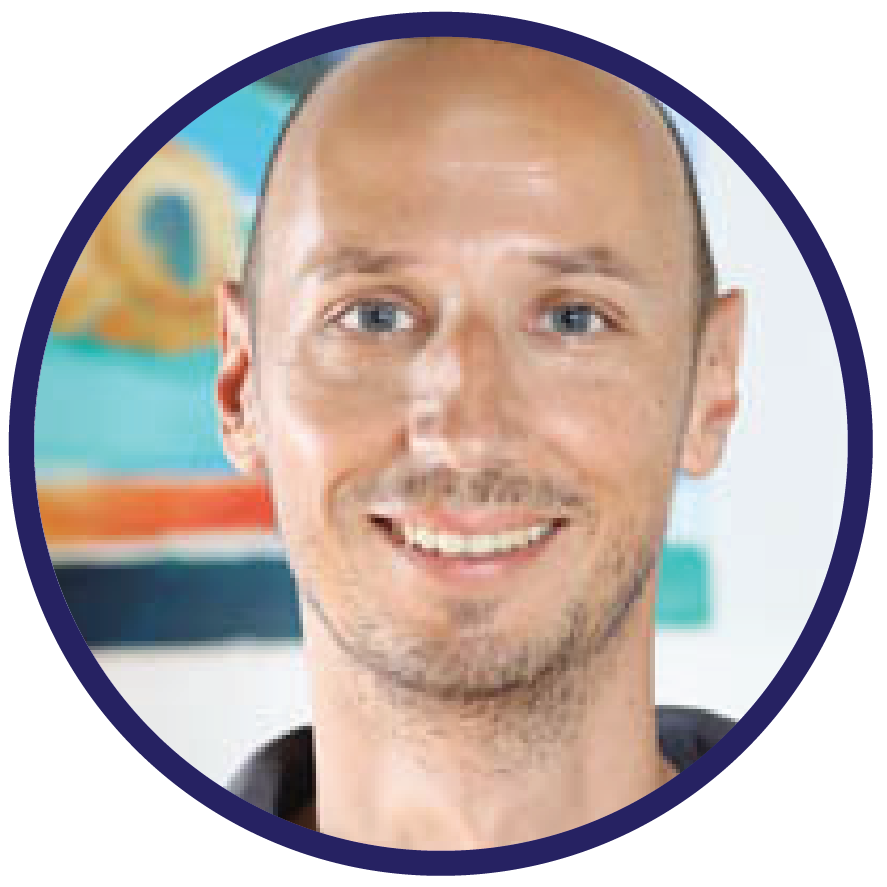Robotic systems in mariculture
Robotics has gained both high popularity and interest in solving multiple problems in recent years. Though single task robots have served humanity for some time, an idea of multiple heterogenous robots working together is only gaining momentum, and project Hektor is exploitinig such a possibility. Since the robotic system is intended to work on mariculture fish production cage, several tasks were devised to complement the system in real time operations. On underwater robot (ROV) a multi-parameter water quality logger probe will be mounted, which will be able to measure water parameters near-or within cage net, and thus determine throughput of water to andfrom the cage. We will be able to determine water exchange within the netted cage. Further, camera system will capture photo and video material of cage net and fish within the cage. That photo and video material shall be analysed with software (Lolitrack, Loligo systems, Denmark) and several parameters of net, such as the free area, biofouling intensity can be quantitized. Also, the free swimming fish can be analyzed in terms of population measure (the number of the fish, average size, possible skin colour change indicating health hazards) that can help us to determine the state of fish population in the cage. In adition to this, our divers shall photodocument, both in photo and video material, the working of robotic system in real time. This will aid to management and adjustments of parameters of heterogenous robotic system. The role of University of Dubrovnik, Institute for marine and coastal research team within the project is to assess mariculture and oceanographic (water quality) data gathered through the work of robotic system on mariculture fish farm.

